How to connect a Beko washing machine
 Contrary to popular belief, you can handle the preparation and installation of the washing machine without the help of an expert. Connecting a Beko washing machine with your own hands is not difficult if you use detailed instructions and take your time. First you need to unpack the household appliances, carefully study the user manual, carefully select a place to install the new “home assistant”, connect the communications and only then carry out a test operating cycle. For everything described, you will need a minimum set of tools that every person should have at home, as well as several hours of free time. We will analyze each connection step point by point.
Contrary to popular belief, you can handle the preparation and installation of the washing machine without the help of an expert. Connecting a Beko washing machine with your own hands is not difficult if you use detailed instructions and take your time. First you need to unpack the household appliances, carefully study the user manual, carefully select a place to install the new “home assistant”, connect the communications and only then carry out a test operating cycle. For everything described, you will need a minimum set of tools that every person should have at home, as well as several hours of free time. We will analyze each connection step point by point.
Let's get ready for work
To put the Beko washing machine into operation yourself, you must first prepare all the tools for installation work. The list is not long at all.
- Scissors with a knife to open packaging cardboard.
- Wrench or pliers.
- Screwdriver.
- A drill if you need to drill holes in the kitchen unit to install a built-in washing machine.
- Building level.

Also, before you start connecting, you should familiarize yourself with the precautions that will help you safely install household appliances. The list of recommendations is small, but every point is worth considering in your work.
- Do not begin dismantling the old washing machine until you have disconnected the equipment from all communications.
- This also applies to installing a brand new “home assistant” - do not start working if the machine is connected to the water supply and electricity.
- Place the unit only on a level, stable surface that can support heavy weight.
Never place washing machines on carpeted floors, as this will negatively affect the air flow to the electrical components located at the bottom of the device, which will cause overheating and failure of key parts.
- Be sure to check the household appliances after transportation for damage, as well as for completeness.
- Prepare a grounded outlet for the machine in advance, which will be protected by a fuse and will fully comply with the requirements specified in the official instructions for the washing machine.
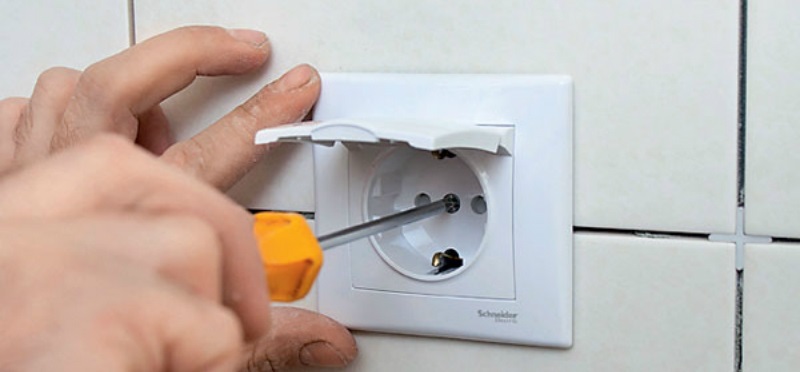
- Do not connect the “home assistant” through extension cords, and also be careful that the power cord is not pinched, for example, by the washing machine itself, which was accidentally placed on the cord during installation.
- If a different plug must be used for the outlet, a plug with a 13 A fuse must be used.
- Never touch a fork when your hands are wet. Also, do not pull the plug out of the network by grabbing the wires and not the plug body itself.
As you can see, the list of rules and recommendations is very simple, so it is easy to remember and follow.
Removing an old washing machine
If the washing machine was purchased to replace an outdated version, then you first need to dismantle the unnecessary equipment. Check the water supply and power supply again so that the equipment is disconnected from communications. If we are talking about a built-in model, then you need to remove all the fasteners from the furniture, and then get the machine itself.
Do not forget that washing machines are extremely heavy, so you need to move them carefully so as not to strain your back or damage the equipment itself and the floor covering.It will be easier to move the equipment if you tilt it back a little and place an unnecessary rug or towel under the legs. This way the structure can be moved relatively easily, gently pulling the carpet towards you.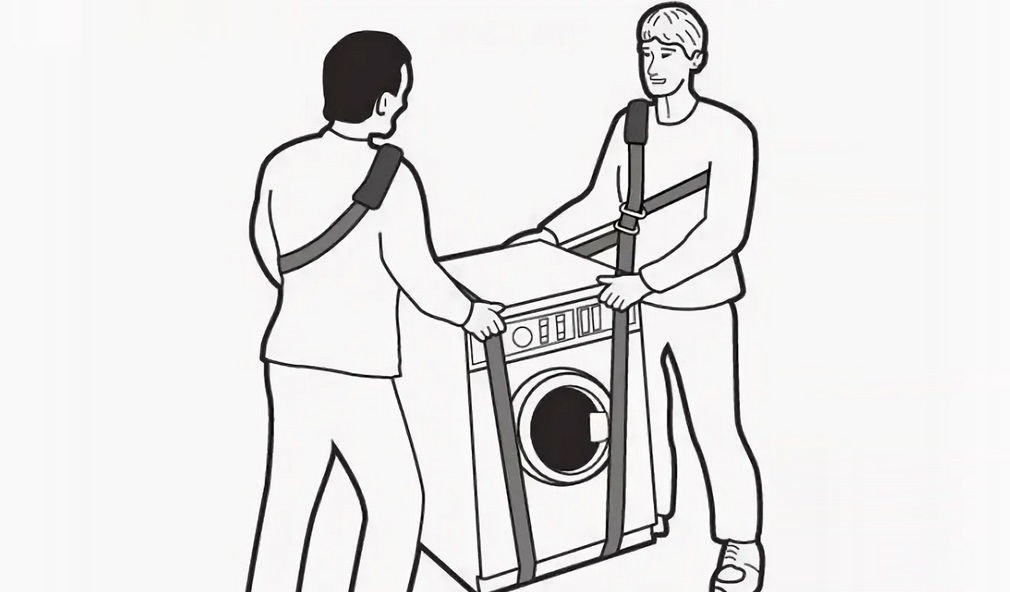
After these simple manipulations, you will get to the back panel of the washing machine to disconnect the cable, inlet and drain hoses. To do this you will need a wrench or ordinary pliers.
Be sure to place a large basin or bucket under the water supply tap to lower hoses into it, which may contain residual waste fluid from the last operating cycles.
If you plan to recycle household appliances rather than sell them or transport them to your country house, then you will have to find out the recycling rules that are relevant for your region. Don't forget about movers, as moving the old "home assistant" yourself can be problematic.
Unpacking the machine and removing shipping elements
Before unpacking, you should make sure that the kitchen or bathroom where your new washing machine will be located has plenty of space for unpacking. If providing free space is problematic, then it is better to unpack in another place.
Carefully open the washer box using scissors or a knife. Try to cut the cardboard carefully so as not to accidentally scratch the body of the machine. After the cardboard, you should remove all the foam, which is needed to protect the equipment during delivery.
In total, several components are used to protect the device during transportation. One of them is a block of foam, which is placed directly under the washing machine.You can remove it by tilting the machine back so that it stands on its back legs, removing the adhesive tape, and then removing the protective foam block itself.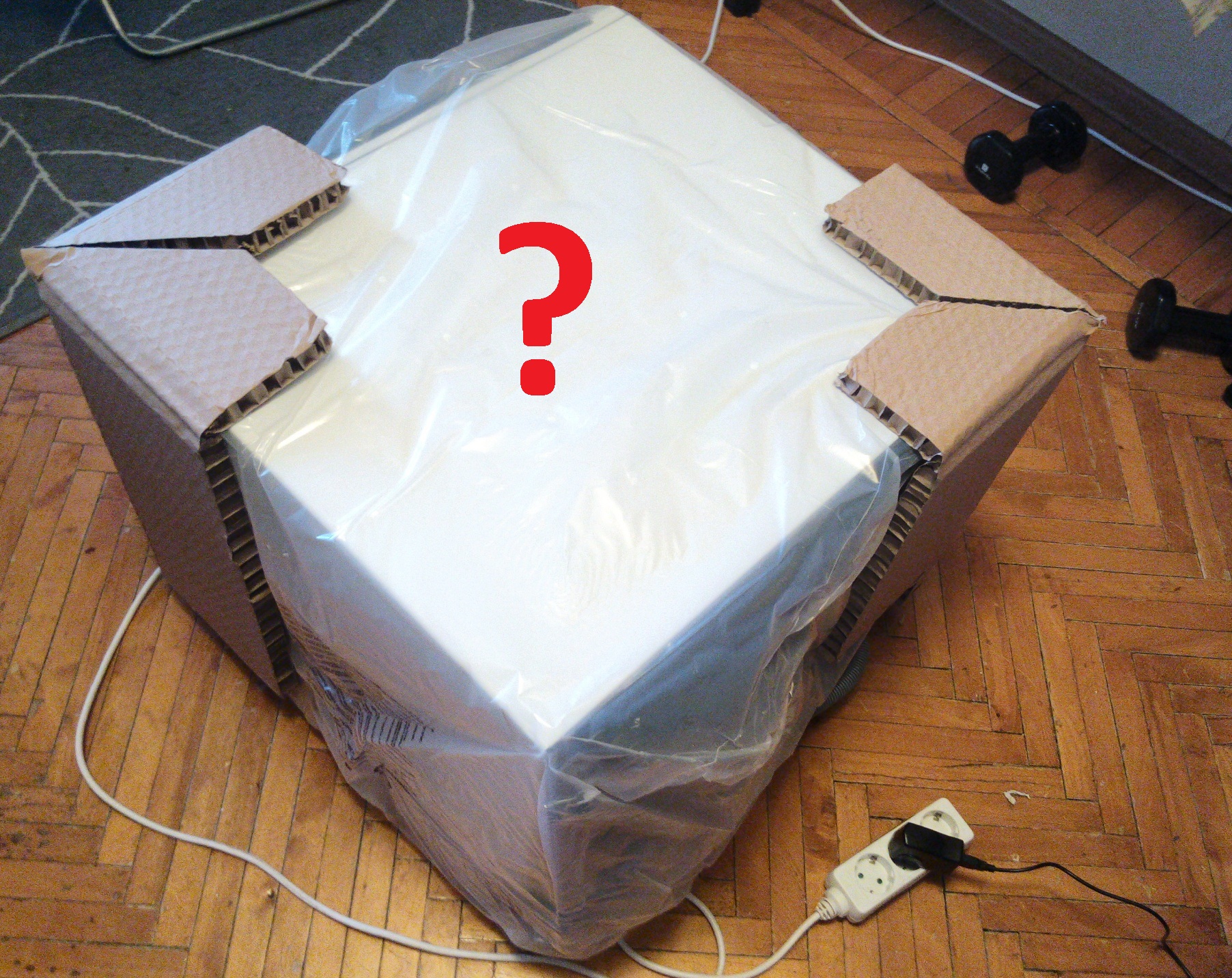
Also, the manufacturer always installs special clamps behind the device that lock the drum in a stationary position during delivery. They need to be loosened with a wrench and then removed.
It is better not to throw them away, as they may be needed for transportation in the future if you want to transport your “home assistant”. In place of the bolts, you should install plastic plugs that come with household appliances.
You also need to remove all the stickers from the body of the washing machine, since over time they become more and more firmly fixed in place, so it becomes more and more difficult to completely remove them.
When the equipment is removed from the packaging material, you need to check the list for the presence of all spare parts and accessories necessary for installation. Most often, the manufacturer places them in a drum. The list usually includes official instructions, a container for liquid household chemicals, a measuring cup for washing powder, an inlet hose, a hose bracket, and plastic plugs intended for installation instead of shipping bolts. Be sure to contact the household appliance store if something from the list is not included in the kit - perhaps the part was lost during transportation, or they simply forgot to report it at the warehouse.
Installation and connection of new equipment
In a situation where you need to replace an old machine with a new one, everything is much simpler, because you already have a place for household appliances prepared in advance. If this is your first washing machine, then most likely you will have to drill holes for hoses and wires, especially if we are talking about a built-in model. What do we have to do?
- First, connect the inlet hose to the body, which bends 90 degrees, and then tighten it with your own hands. It is not recommended to use a wrench or pliers in this procedure, as excessive force may damage the fragile connection.
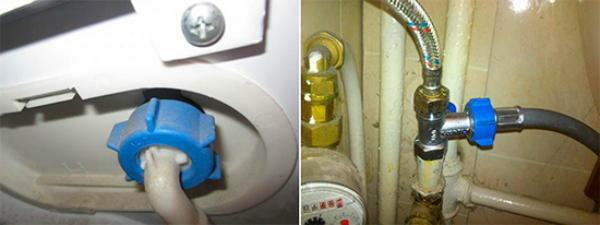
- Now release the drain hose and power cable from the clamps provided by the manufacturer.
- The plug body must be inserted into a special compartment located at the back of the washing machine body. Remove the plug and close the plastic lid.
- Connect the filling hose to the body, which should also be screwed in independently without using tools.
- At this stage, you can turn on the water in your house or apartment again.
- Next you need to prepare a hole for draining. If it has already been done, then you just need to insert the end of the drain hose there. Push the hose inside the drain approximately 12 centimeters to ensure that the treated liquid drains into the drain.
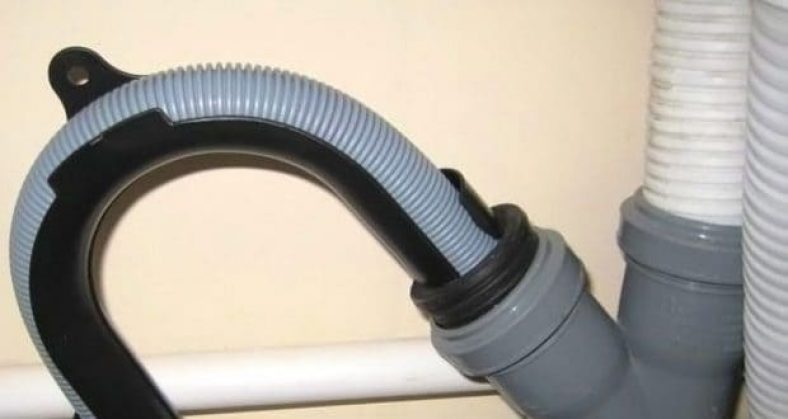
- If such a drain has not been prepared and is not planned, then you can connect the hose to the drain under the sink. There, on the U-shaped bend of the pipe, you can find another hole just for connecting the drain hose. If the washing machine was previously connected to the drain in this way, then you will find a ready-made connection there. If such an installation of household appliances is being carried out for the first time, you will have to first purchase such a part at a hardware store and then install it.
- Make sure that the stop caps are removed from the connecting piece and the U-bend, and then connect the hose to the drain pipe.Be sure to secure the connections with a metal clamp to keep the drain hose securely in place.
Regardless of the method of connecting the drain hose, the hose itself must be located at a height of 40-100 centimeters from the floor level, which can be achieved by fixing the hose on a special bracket installed in the wall.
- Now you can connect the equipment to the mains by inserting the plug directly into the outlet without using extension cords. The switch itself must be connected to a circuit breaker.
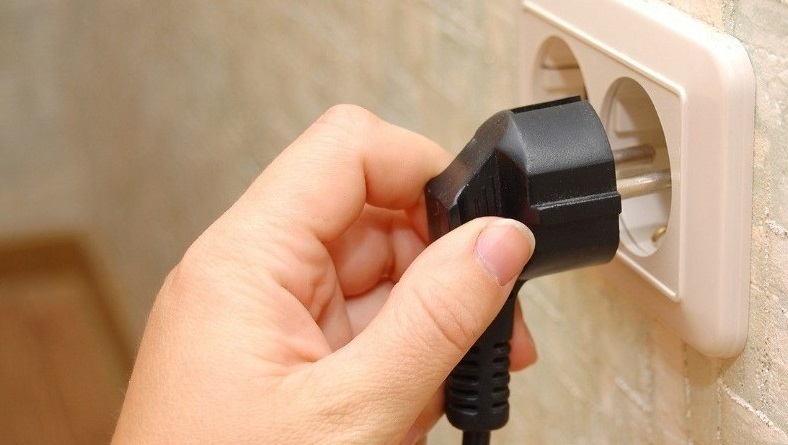
- In a situation where the power cable is faulty, you should not try to repair it; it is better to buy a new one, or seek help from a repair specialist.
- Place the washing machine on a flat surface and make sure that the wires and hoses are not pinched.
- Be sure to level the position of the device to the building level, which can be done using adjustable legs. They are easy to adjust with your own hands or with a wrench.
If the machine does not stand level, then during the spin cycle it will bounce and even change its location, which can damage the floors and the “home assistant” itself.
At this point, the installation will be completed, and you will only have to perform an idle operating cycle to evaluate the equipment and the correctness of its installation.
Test run of the machine
The last stage is checking the work done. All you need to do is select a short wash cycle and run it without dirty clothes or household chemicals. In this case, it is important for us to check not the quality of the wash, but the absence of leaks, strong vibration and extraneous suspicious sounds. Be sure to consult a service center specialist if you notice any abnormalities in the operation of your Beko washing machine.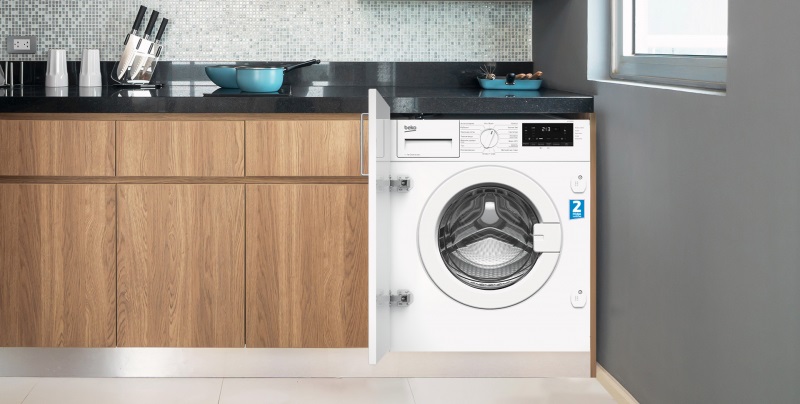
This completes the installation. Be sure to read the manufacturer's instructions to learn everything about loading laundry correctly and precautions that will help your appliances last a long time.
Interesting:
Reader comments
- Share your opinion - leave a comment
Categories
Washing machine repair


For buyers

For users

Dishwasher

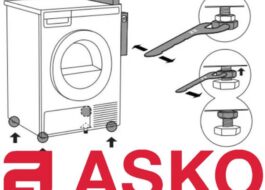

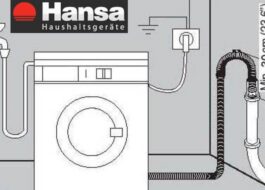

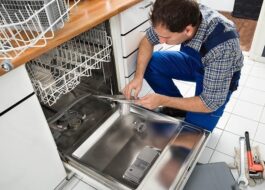











Add a comment